
Vintage Michelin Man Collectibles: Ornaments, Stationary, and Statues
Michelin man point of sale statue ornaments and stationary, 20th century, the largest 36 cm high.

Michelin Bibendum Man Figurine: 19 cm Height, 12 cm Width
A Michelin Bibendum Man, height 19 cm, width 12 cm, depth 9 cm

Michelin Tulip Base Floor Clock
A retro Michelin floor standing clock, in enamelled steel with tulip base, height 175 cm, width 39.5 cm
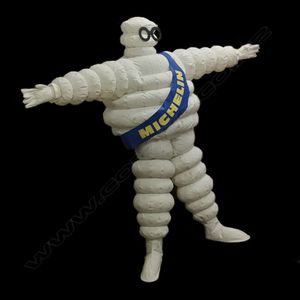
Vintage Michelin Man Inflatable Figure
A 1960s Michelin Man promotional inflatable figure, originally from a Rangiora service station. Height 150 cm approx.
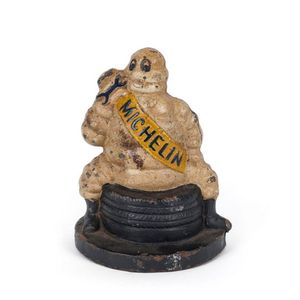
1938 Sydney Michelin Cast Iron Money Box
Michelin vintage cast iron money box with 'Sydney 1938' on the back, 19 cm high
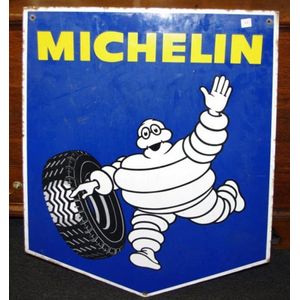
Double-Sided Michelin Man Enamel Sign - 80x61cm
Michelin Man enamel sign, double sided, 80 cm x 61 cm
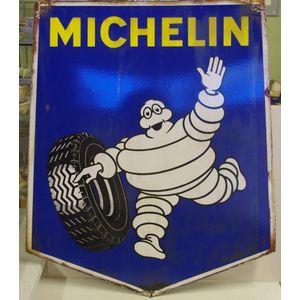
Double-Sided Vintage Michelin Enamel Sign (79.5 cm x 67 cm)
Vintage double sided Michelin enamel sign, 79.5 cm x 67 cm approx.
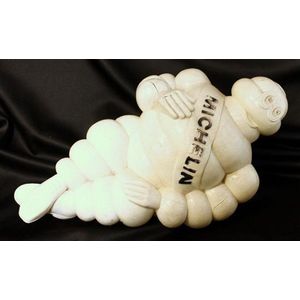
Vintage Michelin Bibendum Man Figurine
A genuine Michelin Bibendium man plastic composite. At least fifty years old. French

Michelin Enamel Sign, Blue and Yellow, 30cm High
Michelin blue & yellow enamel sign, 30 cm high approx.

Vintage Michelin Man Air Compressor with Accessories
Vintage Michelin man painted portable air compressor with accessories
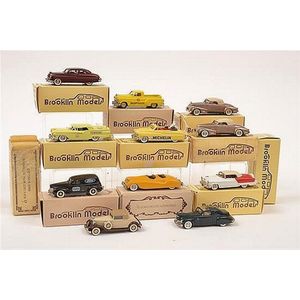
Brooklin Models Collection: 11 Classic Cars
Eleven Brooklin models, including Ford Sedan Delivery service; V16 Cadillac Coupe; Oldsmobile Fiesta top up; Ford Skyliner; Cadillac Convertible Coupe; mercury Michelin Parade car; Packard light 8 Coupe; Lincoln Continental; Monarch Coupe; Pontiac pick up…

1920s Michelin Bibendum Air Compressor
Original vintage Michelin Bibendum air compressor, circa 1920s


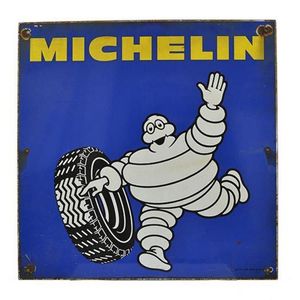
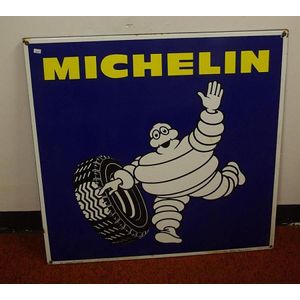
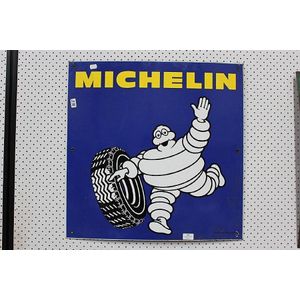
 Loading more...
Loading more...